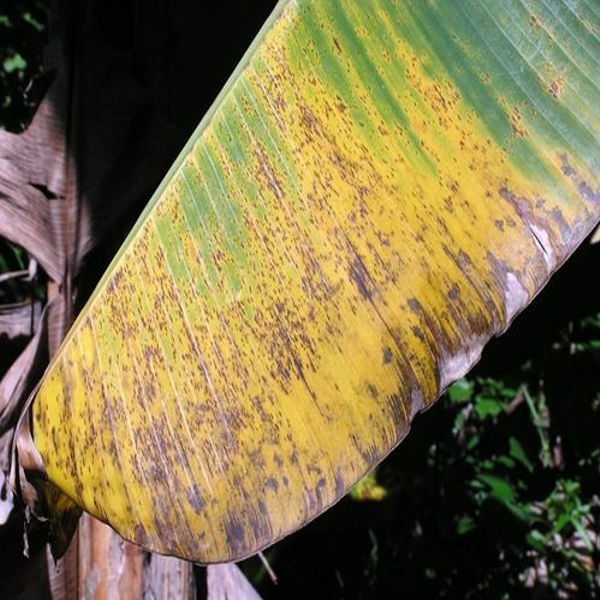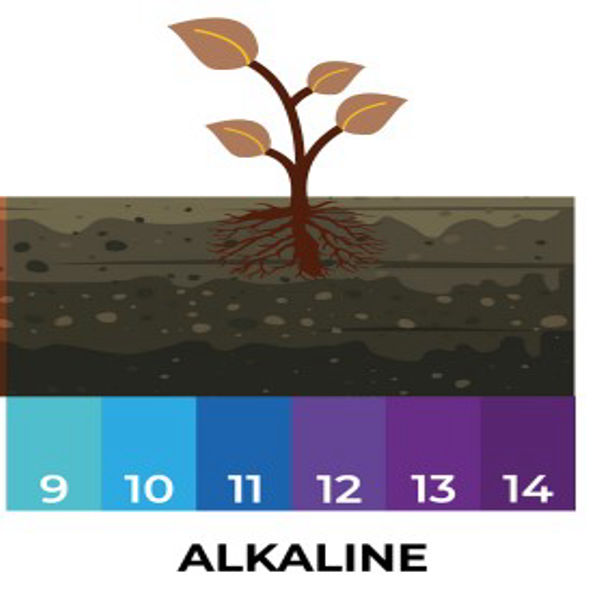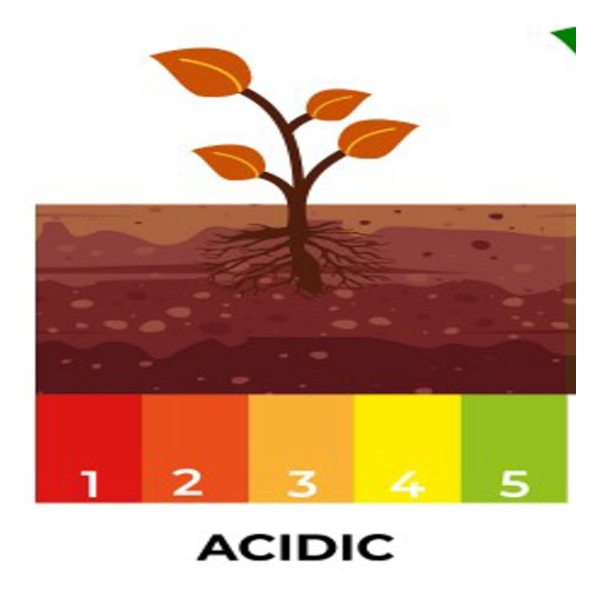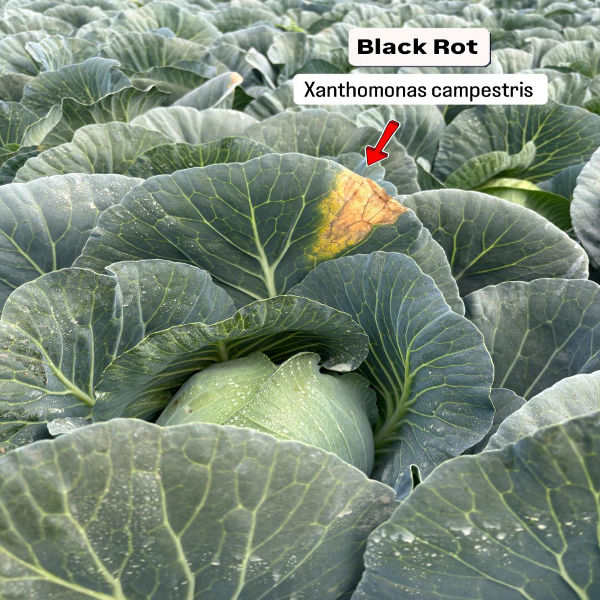
Banana Sigatoka Disease: A Growing Threat to Banana Crops
What is Banana Sigatoka Disease?
Sigatoka is a fungal disease caused by the Mycosphaerella species, primarily Mycosphaerella fijiensis.
It affects banana leaves, causing lesions and premature leaf death, which reduces photosynthesis and weakens the plant.
Symptoms of Sigatoka Disease
Leaf spots: Initially small yellow to brown streaks that spread and merge into larger lesions.
Leaf necrosis: Leaves turn yellow and dry out, leading to reduced plant vigor.
Reduced fruit quality: Affected plants produce smaller, lower-quality bananas.
Impact on Banana Production
Yield loss: Up to 50% reduction in banana yields if left untreated.
Economic losses: Farmers face reduced income due to smaller, less marketable bananas.
Long-term soil degradation: Repeated fungicide use can harm soil health.
Spread of Sigatoka
Sigatoka spreads rapidly in humid, tropical climates.
Wind, rain, and human activity can spread fungal spores between plants
Control Measures
Fungicide application: Regular use of fungicides is common but can be costly and harmful to the environment.
Resistant banana varieties: Developing Sigatoka-resistant banana cultivars is a priority for research.
Cultural practices: Proper sanitation, removing infected leaves, and crop rotation can help reduce disease spread.
Sustainable Solutions
Biological control: Research into using beneficial fungi and bacteria to combat Sigatoka is ongoing.
Integrated disease management (IDM): Combining chemical, biological, and cultural practices for more sustainable control.
Global Efforts



